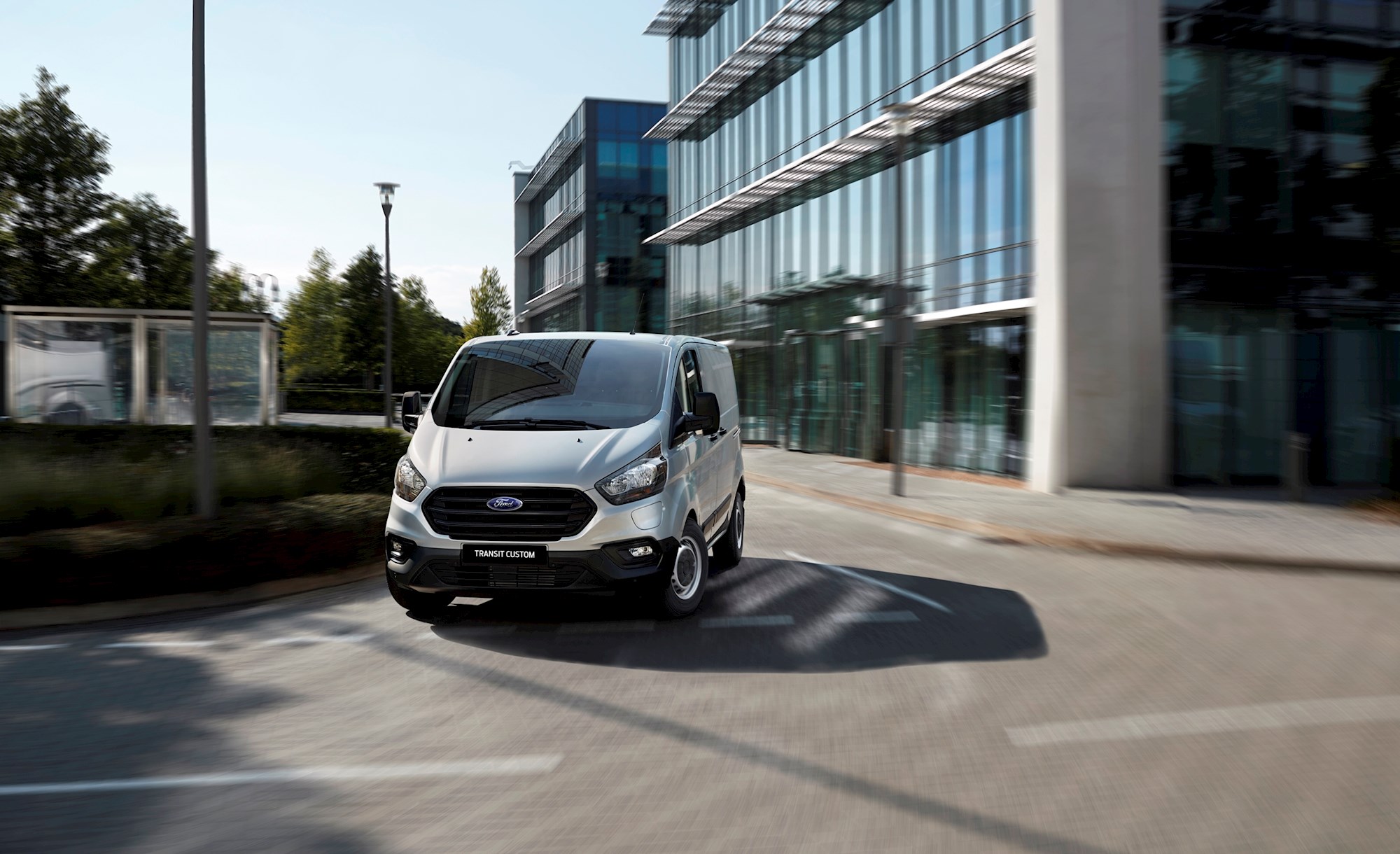The new hybrid version of the Transit van is just the start of Ford New Zealand’s charge towards the increasing electrification of the company’s model range, says managing director Simon Rutherford.
“It’s the beginning of an era of high innovation.”

Soon we’ll see all-electric Mustangs and F-series pick-up trucks if all of FNZ’s market aspirations can be fulfilled. But for now, the Transit ably demonstrates Ford’s desire to innovate.
It has a “flat pack” 13.6kWh lithium-ion battery stowed below the luggage bay floor, which powers the 93kW/350Nm electric motor that does all the driving duties directly, without the need of a transmission.
With the battery fully charged, the van can travel 50km before the 1.0-litre petrol engine automatically fires up to extend the range of the battery. This allows the Transit PHEV to roam for 500km on a full charge and a full tank of petrol.
Ford’s real-world testing of a fleet of 20 Transit PHEV prototypes found that 75 per cent of the driving around Central London and 49 per cent of the travel in the Greater London area could be completed on electric power alone.
Four driving modes— EV Auto, EV Now, EV Later and EV Charge — allow operators to choose a mode that most suits the driving scenario to further increase efficiency. Average fuel use can become as low as 2.7l/100km during a working day of deliveries and pick-ups on urban roads. The electrified Transit can also carry heavier loads than its diesel-powered SWB equivalent, with a 400kg higher gross vehicle mass rating and a 1130kg payload. The load volume of six cubic metres is the same capacity as the diesel Transit.
Only available in the short wheelbase version of the Transit, the PHEV versions are $99,990 for the base model and $111,990 for the Tourneo coach version, fitted with eight leather-trimmed seats.
They join a new plug-in van sector that’s only just beginning to emerge.
New Zealand’s Ford dealers are gearing up to sell more electrically powered new cars; the next new one will be the PHEV version of the latest Escape SUV.
Each dealership will have at least one charging station at the front, backed up by another at the rear, while showrooms will feature a dummy recharger so that customers can become familiar with plugging in the cars.








